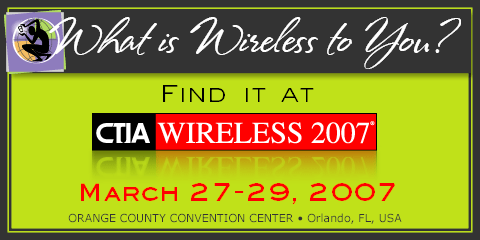|
|

article page | 1 | 2 |
service and price offerings without exposing themselves to unnecessary revenue leakage. Essentially, these systems verify that all usage events – including CDRs, IPDRs, and other transaction data – exist and are correctly rated. The data is then processed through functions which mirror the provider's own billing system, but accomplished with far greater efficiency than simply employing a duplicate billing system. Revenue assurance rating and billing verification can be carried out with relatively small xDR samples, and through sophisticated methods of cross-selection and correlation, possess the capability to support an unlimited number of billing plans.
In addition to just the number of pricing plans, rating and billing verification systems address another aspect of the next-generation model which is likely to increase
|
|
Providers must be careful about maximizing profitability. Implementing a high-value business model with impressive next-generation services and flexible billing plans are an excellent strategy to capture market share and customer loyalty. |
|
There are two ways in which rating and billing verification systems address this issue. Firstly, it is an xDR-based, automated system. Manual or in-house revenue assurance systems are too slow to keep up with this new scenario, but xDR data is always present from initial rollout of any new service. So, with a rating and billing verification system based on xDR data, there is no lag time in which leakage is
|
|
|
| |

revenue leakage. Market experience has revealed that given any provider's average levels of leakage, the rate almost always rises following any billing-related change, and returns to normal only gradually, if at all. This can apply to changes initiated by the provider, such as new service or plan offered, or any adjustment in the rules relating various plans. This can even apply to changes initiated by the subscriber as well - namely a new selection of plans or options. Any of these events can leave new ground for errors. Leakage returns to normal only later, as the provider's revenue assurance team gradually identifies and corrects the errors. In the next-generation model, this situation will be exacerbated, as these changes are certain to occur more frequently. As providers offer more service, content, and plans, the changes made within any of these categories will be increasingly frequent as well.
Furthermore, if these new plans are for the purpose of offering greater flexibility to subscribers, then these new options are also likely to spur an increase in user-initiated changes as well. The new pace of changes has the potential to create additional leakage at a rate faster than can be fixed with current methods.
|
|

slowly reduced; this is a solution which can bring immediate results. Secondly, with the right rating and billing verification, a provider need not wait until after any new service
rollout or other billing change before they begin to recover leakage. The more advanced solutions available have the capability to simulate any new offering before it is made available to users, bringing a proactive approach to their revenue assurance operations and correcting the problem in advance.
Providers must be careful about maximizing profitability. Implementing a high-value business model with impressive next-generation services and flexible billing plans are an excellent strategy to capture market share and customer loyalty. However, even with increased revenues, the same competition that exists now will still be just as stiff, and providers still have to keep an eye on the margin. It would be a shame to make the huge investment in these new services to retain and maximize market share, and then simply neglect to bill for it.
|
|
|
|




